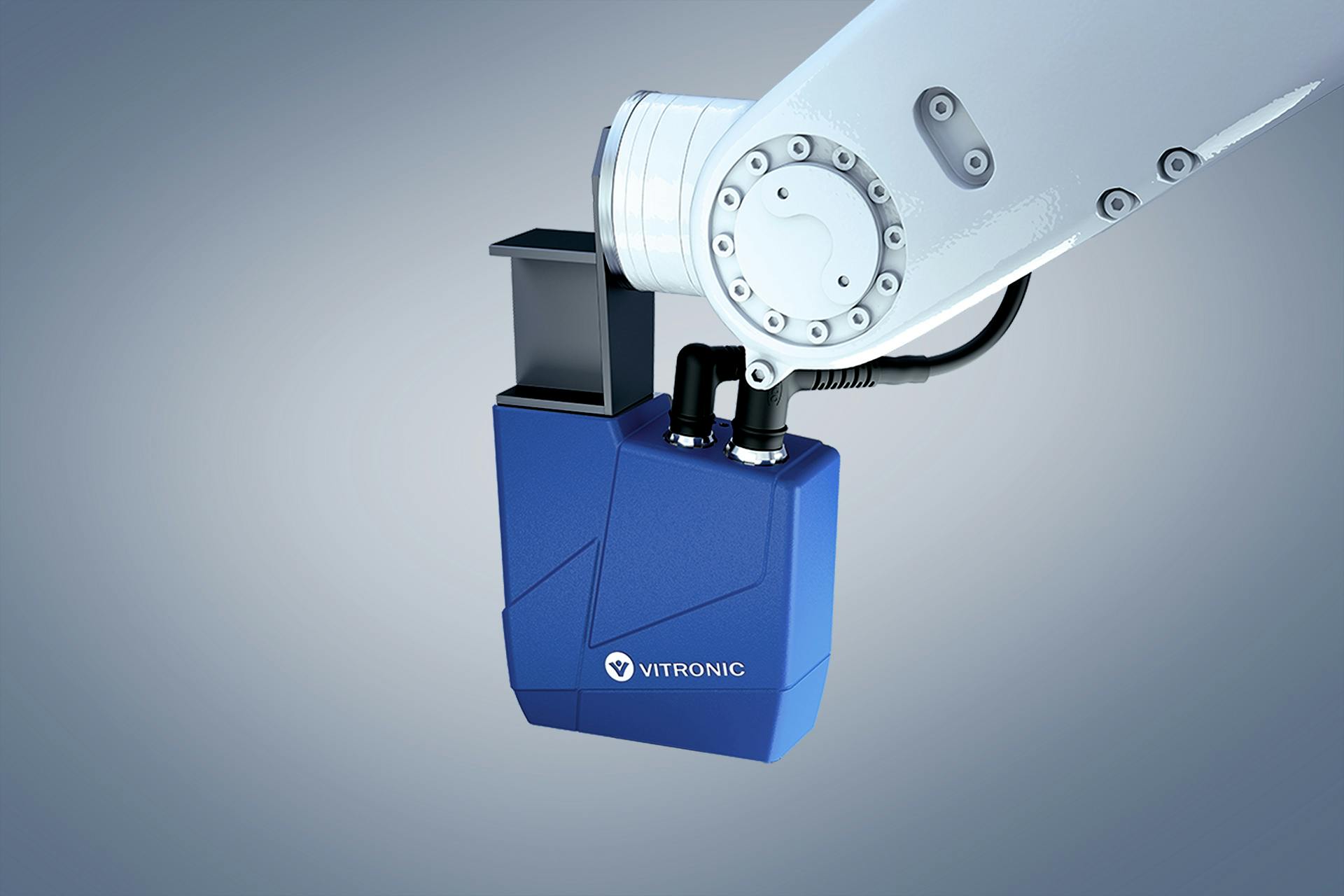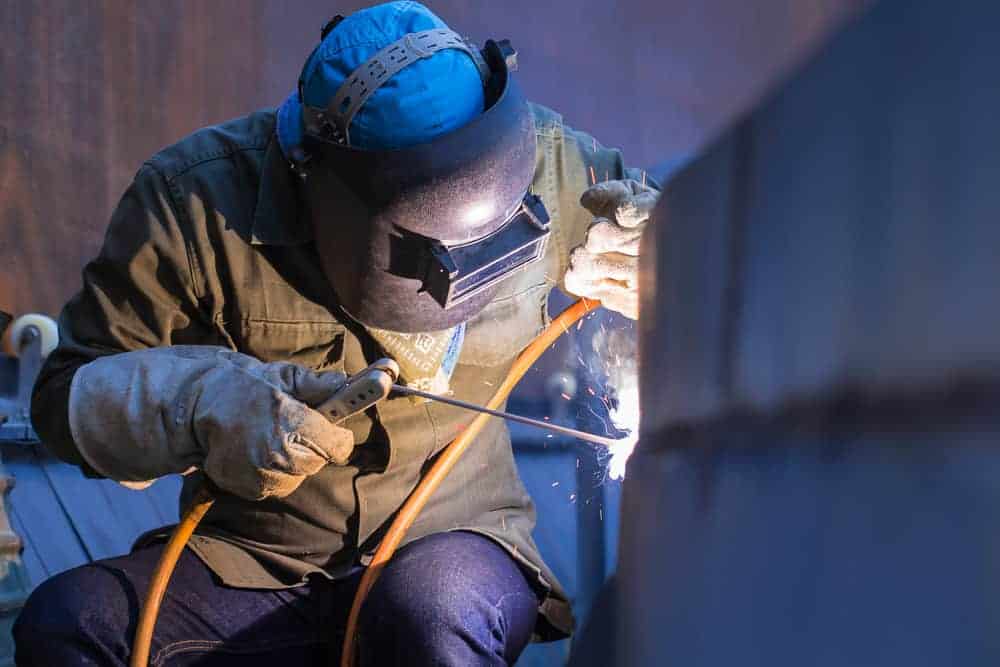Understanding the Significance of Welding Examination in Ensuring Structural Integrity and Safety And Security Across Different Industries
Welding evaluation is an essential process that safeguards structural integrity and safety and security throughout varied industries. As we check out the complexities of welding assessment, the question emerges: what are the most crucial aspects that contribute to effective evaluation procedures?
Duty of Welding Evaluation
While the stability of bonded structures is paramount to security and efficiency, the role of welding inspection can not be overemphasized. Welding evaluation works as a critical quality assurance procedure that guarantees the adherence to established requirements and requirements throughout the welding procedure. By systematically examining welds for issues, inconsistencies, and non-compliance, inspectors play a crucial role in securing the integrity of frameworks throughout various markets.
Welding assessments incorporate a series of activities, from pre-weld assessments to post-weld examinations. These analyses not only identify potential issues before they intensify but also boost the total integrity and life-span of welded elements. Welding Inspection Milwaukee. Inspections help to confirm the ability and expertises of welders, guaranteeing that welding treatments are performed correctly and materials work
Moreover, a rigorous assessment method fosters compliance with regulative needs and market requirements, minimizing the threat of tragic failings. By advertising a culture of safety and responsibility, welding evaluation adds significantly to both functional and economic efficiencies. Altogether, the function of welding evaluation is crucial, as it underpins the top quality, safety and security, and long life of bonded frameworks vital to contemporary infrastructure and market.
Sorts Of Welding Evaluations
Recognizing the different kinds of welding inspections is crucial for keeping the high quality and safety of welded structures. Welding evaluations can be categorized into several kinds, each serving a details function in the evaluation process.
Aesthetic examination is the most fundamental type, involving a mindful assessment of the welds with the naked eye or with magnifying. This method assists recognize surface problems such as splits, incomplete blend, or excessive spatter.
Following is non-destructive screening (NDT), that includes techniques such as ultrasonic screening, radiographic screening, and magnetic bit screening. These methods permit assessors to analyze the stability of welds without endangering the material's framework. Ultrasonic testing uses high-frequency sound waves to find inner flaws, while radiographic testing employs X-rays or gamma rays to imagine interior weld qualities. Magnetic particle testing, on the various other hand, is efficient for detecting surface and near-surface discontinuities in ferromagnetic materials.
Harmful screening, though much less typical, includes literally testing examples to understand the weld's mechanical buildings. Each type of inspection contributes to a comprehensive evaluation, guaranteeing that welding meets sector requirements and safety and security needs.
Industry Criteria and Laws
Developing market criteria and policies is crucial for ensuring the security and reliability of welded structures. These requirements offer as standards for top quality, efficiency, and safety, directing suppliers and examiners in the execution of welding processes. Numerous organizations, such as the American Welding helpful site Society (AWS) and the International Company for Standardization (ISO), have developed detailed requirements that determine treatments for welding techniques, certification of welders, and assessment techniques.
Compliance with these policies not only improves the high quality of welds but likewise minimizes dangers related to architectural failings. Particular codes, such as the ASME Central Heating Boiler and Stress Vessel Code, overview requirements for the construction of stress vessels, guaranteeing they can withstand operational stresses. In addition, nationwide and regional regulations typically mandate adherence to these market criteria, strengthening their significance throughout markets like building, aerospace, and automotive production.
Normal updates to these requirements mirror developments in technology and welding strategies, making certain that safety actions remain relevant. Hence, an extensive understanding and implementation of these requirements is vital for welding experts, fostering a culture of security and top quality in bonded frameworks.
Effects of Poor Inspections
Insufficient assessments can lead to extreme effects in the welding market, threatening the really standards and policies created to ensure safety and architectural honesty. The consequences of inadequate assessments can materialize in various forms, from prompt security threats to long-lasting structural failings.
Additionally, poor assessments can stain a company's credibility and result in lawful consequences, including penalties and litigation. Ultimately, the implications of bad assessments extend past private projects, affecting industry-wide requirements and public perception, therefore emphasizing the vital need for strenuous and efficient welding assessments.
Finest Practices for Effective Examinations
Effective welding assessments are extremely important to guaranteeing the integrity and security of welded structures. To attain ideal outcomes, inspectors should abide by numerous hop over to here best methods that boost the assessment procedure.

Second of all, inspectors need to have the necessary certifications and certifications appropriate to the welding processes and products being examined. Recurring training and professional advancement are essential to staying upgraded on market standards and technological advancements.
In addition, utilizing suitable evaluation devices and techniques, such as visual evaluations, ultrasonic screening, and radiographic analyses, is important for detecting flaws that might endanger architectural integrity.
Last but not least, extensive documents of the assessment procedure is important. This consists of recording searchings for, pictures, and any restorative actions taken. Clear and precise reporting not just facilitates responsibility however likewise aids in future examinations and upkeep. By carrying out these finest methods, organizations can significantly enhance the effectiveness of their welding assessments and make certain secure, reliable procedures.
Conclusion

In verdict, welding assessment is essential for preserving architectural integrity and safety and security across numerous markets. By systematically evaluating welds and sticking to well established standards, the examination procedure mitigates risks connected with flaws and non-compliance. The implementation of finest practices in welding assessments not just enhances the reliability and life-span of welded elements however also upholds sector regulations. Prioritizing efficient welding evaluations is important to make sure the safety and security of workers, properties, and overall operational integrity (Welding Inspection Milwaukee).

As we discover the intricacies of welding examination, the question develops: what are the most important factors that add to reliable assessment processes?
Welding evaluation offers as a vital quality control browse around here process that ensures the adherence to established requirements and specifications throughout the welding operation. In amount, the role of welding evaluation is indispensable, as it underpins the high quality, safety, and longevity of bonded frameworks essential to modern facilities and sector.
Various companies, such as the American Welding Society (AWS) and the International Organization for Standardization (ISO), have actually developed comprehensive standards that determine procedures for welding techniques, certification of welders, and inspection strategies.
Ultimately, the ramifications of poor inspections extend beyond specific projects, affecting industry-wide criteria and public assumption, therefore stressing the crucial need for rigorous and reliable welding evaluations.